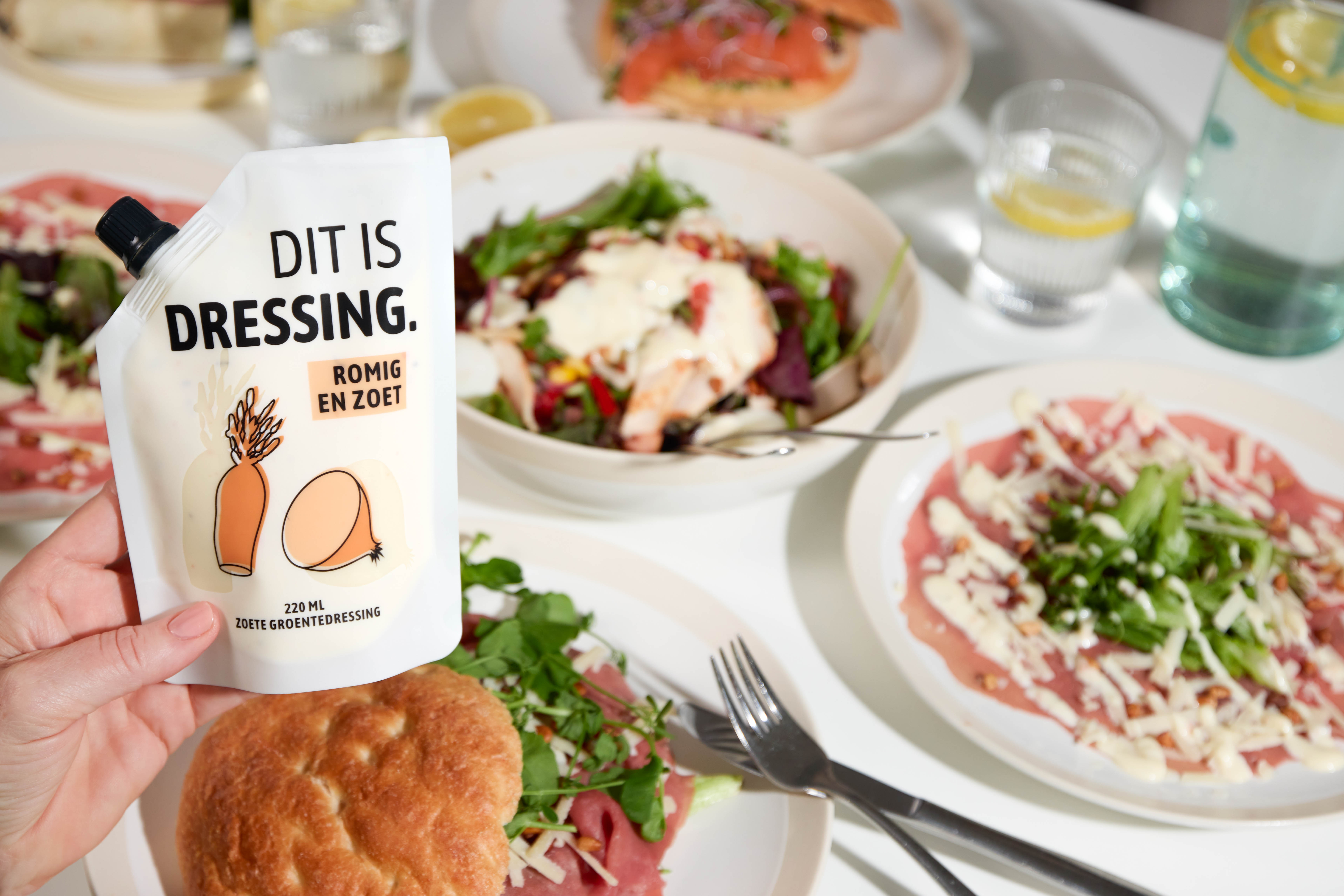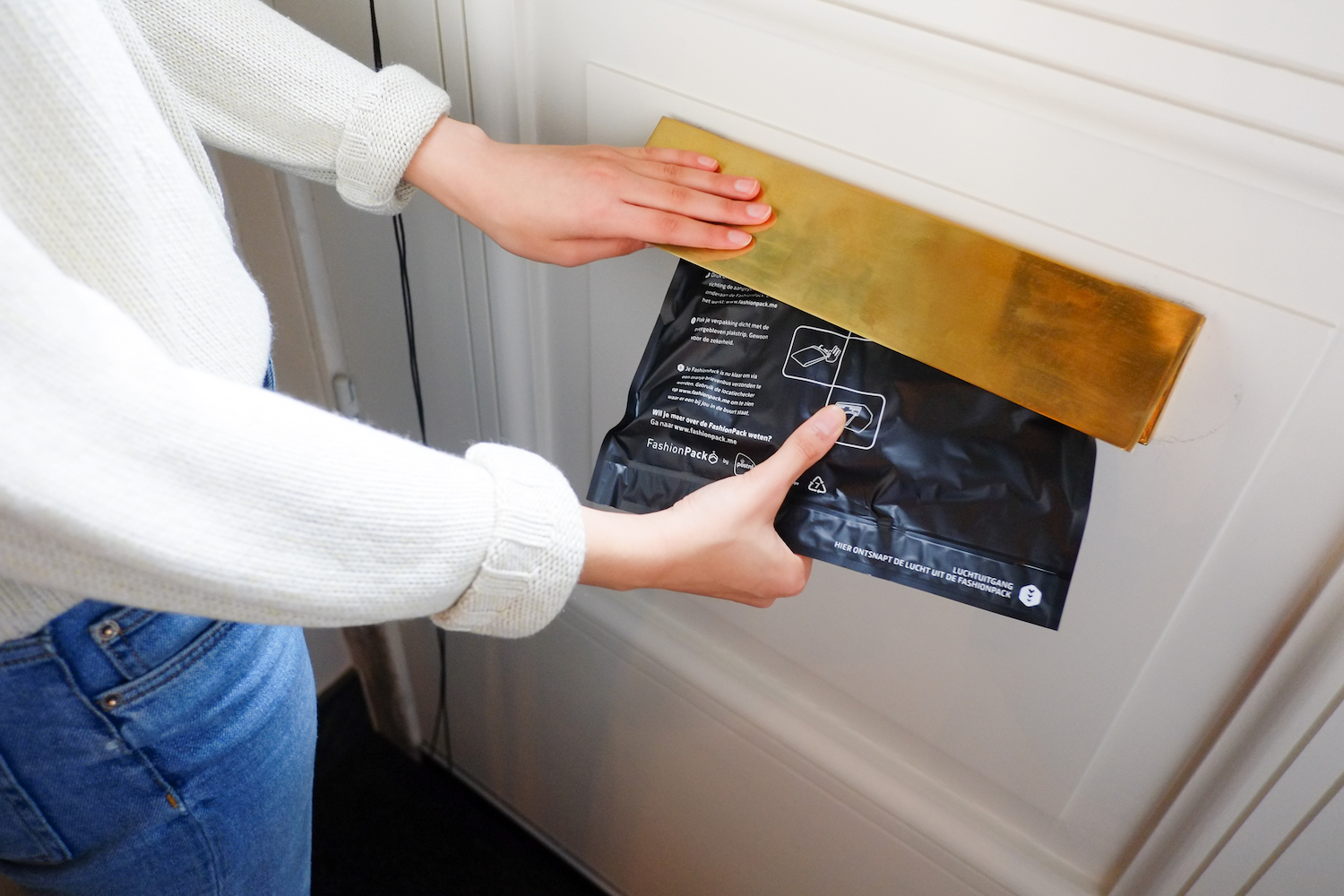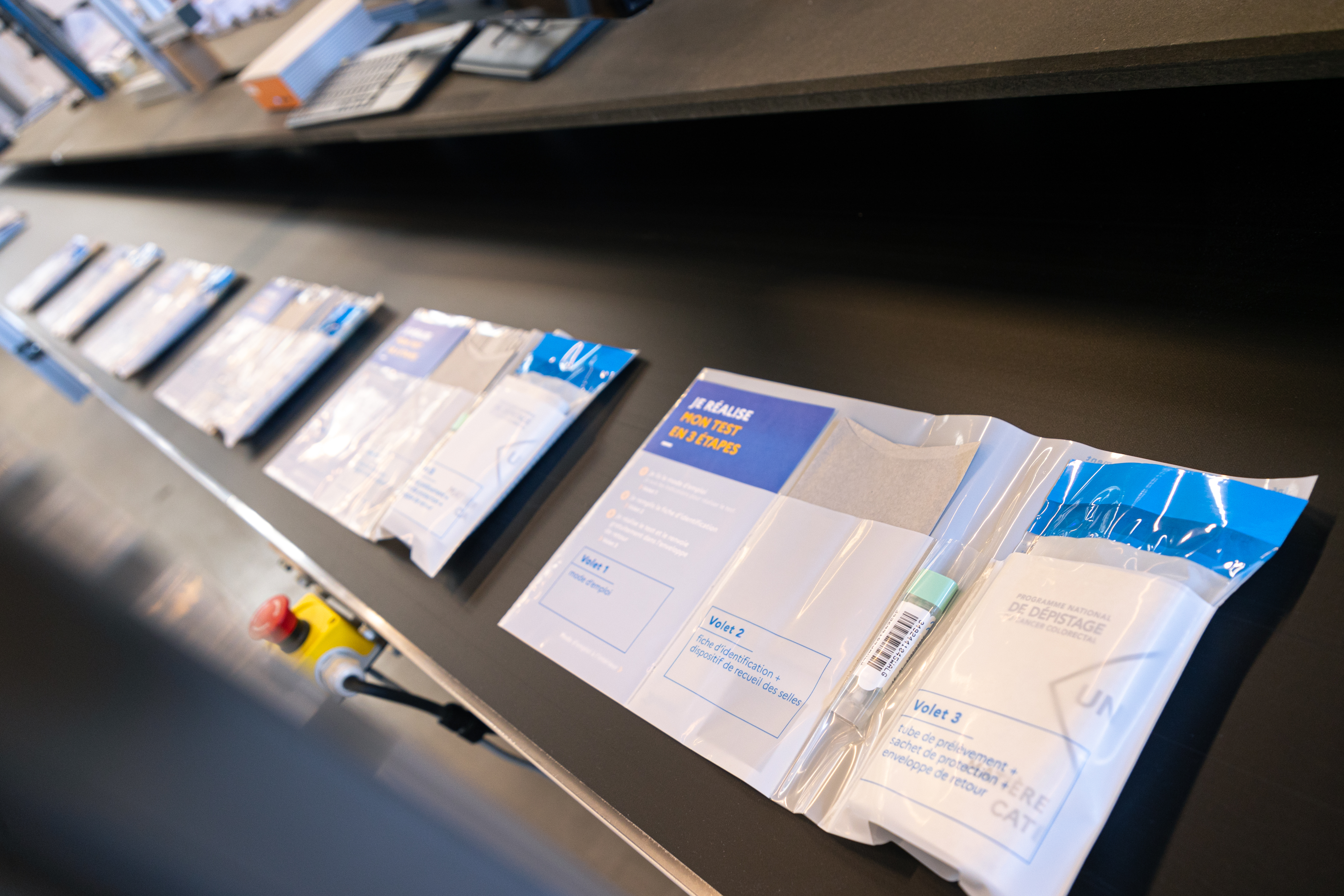Sustainable Packaging Solutions for Food and Beverage Brands



Introduction
As the world continues to grapple with environmental challenges, food and beverage brands are increasingly recognizing the importance of sustainable packaging solutions. The demand for eco-friendly practices is higher than ever, driven by consumer awareness and regulatory pressures. This article explores various sustainable packaging solutions for food and beverage brands, delving into innovative materials, design strategies, and best practices that can significantly reduce environmental footprints.
Sustainable Packaging Solutions for Food and Beverage Brands
The term "sustainable packaging" refers to packaging solutions designed to minimize waste, enhance recyclability, and reduce environmental impact. For food and beverage brands, this encompasses a range of options from compostable materials to recyclable packaging and refill systems.
Understanding Sustainable Packaging
What is Sustainable Packaging?
Sustainable packaging is defined as any type of packaging that has a minimal impact on the environment throughout its lifecycle. This includes sourcing renewable materials, reducing energy consumption in production, ensuring recyclability or compostability after use, and enhancing the overall sustainability profile of the product.
Why is Sustainable Packaging Important?
Environmental Impact: Traditional packaging contributes significantly to landfill waste. By adopting sustainable alternatives, brands can help mitigate pollution.
Consumer Demand: Today’s consumers prefer brands that demonstrate a commitment to sustainability. According to surveys, over 70% of consumers are willing to pay more for eco-friendly products.
Regulatory Compliance: Governments worldwide are implementing stricter regulations regarding packaging waste. Brands that adopt sustainable practices will be better positioned to comply with these laws.
Key Principles of Sustainable Packaging
Reduce: Minimize the amount of material used in packaging. Reuse: Develop systems that encourage the reuse of containers (e.g., refill stations). Recycle: Utilize materials that can be recycled easily after use. Compost: Employ compostable materials that break down naturally without harming the environment.
Types of Sustainable Packaging Materials
Compostable Packaging
Compostable packaging is made from organic materials such as plant fibers or bioplastics that can decompose into natural substances under composting conditions. This option is especially popular for brands focused on eco-friendliness.
Advantages:
Reduces landfill waste. Enriches soil when composted correctly.
Disadvantages:
Requires specific conditions for effective decomposition. custom product packaging
Recycled Packaging
Recycled packaging utilizes materials that have already been processed and repurposed. This method helps reduce resource extraction and energy consumption.
Advantages:
Decreases carbon footprint associated with manufacturing new materials.
Disadvantages:
Availability may vary based on local recycling capabilities.
Stand Up Pouch Packaging
Stand up pouches are versatile containers often used in food and beverage sectors due to their space-saving design and ability to protect contents effectively.
Advantages:
Lightweight and reduces transportation emissions. Offers excellent barrier properties against moisture and oxygen.
Disadvantages:
May not always be recyclable unless specifically designed as such.
Liquid Packaging Solutions
Liquid products often require specialized packaging to ensure safety and longevity. Solutions like Tetra Pak or flexible pouches provide effective barriers against contamination while being lightweight.
Advantages:
Custom Packaging Extends shelf life without preservatives.
Disadvantages:
Some liquid packages may not be recyclable unless properly separated at recycling facilities.
Innovative Approaches in Food & Beverage Packaging
Eco-Friendly Coffee Packaging
Coffee brands are increasingly turning towards sustainable coffee packaging options like biodegradable films or reusable containers. These innovations not only appeal to environmentally conscious consumers but also preserve product freshness longer than traditional methods do.
Wine Pouch Packaging
Wine pouch packaging offers a modern alternative to glass bottles, providing convenience while significantly lowering carbon emissions during transport due to their lightweight nature. Many wine producers are now embracing this solution as part of their sustainability initiatives.
Retail Packaging Solutions
Retailers play a crucial role in promoting sustainable practices through their choice of packaging solutions:
Bulk Bins: Allow customers to refill containers directly from bulk bins rather than purchasing pre-packaged items.
Minimalist Design: Utilizing simpler designs reduces material usage while maintaining product visibility on shelves.
Biodegradable Labels: Labels made from biodegradable materials support the overall sustainability goal by ensuring every aspect of the product's presentation aligns with green values.
The Role of Medical Packaging
Medical products require specific considerations regarding safety and hygiene; thus, medical packaging must balance sustainability with functionality:
Biohazard Specimen Bags: Modern advancements allow disposal bags made from recycled plastics while ensuring compliance with medical standards.
Medical Packaging Materials: Innovations in biodegradable polymers are being explored for surgical instruments and devices' protective outer layers without compromising sterility or safety protocols.
Consumer Engagement Strategies
Educating consumers about your sustainable choices can enhance brand loyalty:
Transparency: Provide clear information about sourcing practices, material origins, and end-of-life options for your products’ packaging through labels or websites.
Incentives for Recycling/Returning Containers: Encourage customers to return used containers through deposit schemes or discounts on future purchases when they recycle appropriately.
Challenges Facing Sustainable Food & Beverage Brands
Despite many advantages associated with sustainable packing solutions, several challenges persist:
Cost Implications: Switching from traditional materials may require upfront investments which could deter some companies initially.
Supply Chain Limitations: Sourcing eco-friendly alternatives can sometimes be challenging due to availability issues or lack of infrastructure supporting these changes globally.
Consumer Awareness Levels Varying Regionally: While some markets embrace sustainability wholeheartedly; others lag behind in understanding its significance impacting overall sales potential across regions differently.
Frequently Asked Questions (FAQs)
What Are Some Examples of Sustainable Food Packaging? Examples include compostable stand up pouches, recycled paper boxes, plant-based plastic wraps, glass jars for beverages like wine or juices, etc., aimed at minimizing environmental harm while maximizing functionality! How Can I Make My Product's Packaging More Eco-Friendly? Start by assessing current materials used—consider shifting toward biodegradable options wherever possible! Implement refill stations if applicable & educate customers about recycling capabilities too! Is All Biodegradable Packing Compostable? Not necessarily! While all compostable items break down naturally under specific conditions—biodegradable ones might still leave microplastics behind if they don't decompose entirely! Can I Recycle Stand Up Pouch Materials? It depends! Some stand up pouches are designed explicitly using recyclable plastics—check local guidelines before disposing so you know what's accepted within your area! What’s The Future Outlook For Sustainable Packagings In The Industry? As consumer awareness rises coupled with stricter regulations imposed globally—the shift towards greener approaches seems inevitable! Expect innovations around reusable designs along with research into alternative sources/materials taking center stage moving forward! Are There Any Regulations Governing Sustainable Food & Beverage Packagings? Yes! Many governments enforce guidelines regarding minimum requirements concerning recyclability levels along with bans around single-use plastics; keeping abreast will ensure compliance while aligning business goals efficiently!
Conclusion
In conclusion, “Sustainable Packaging Solutions for Food and Beverage Brands” represent an essential shift towards responsible practices within industries striving towards ecological integrity alongside customer satisfaction! By adopting innovative approaches—from compostable stand-up pouches through utilizing recycled content—the possibilities remain vast yet achievable when sustainability becomes central driving force behind operations across sectors today!